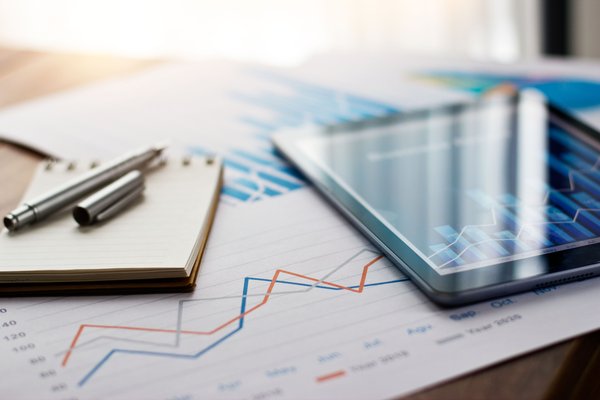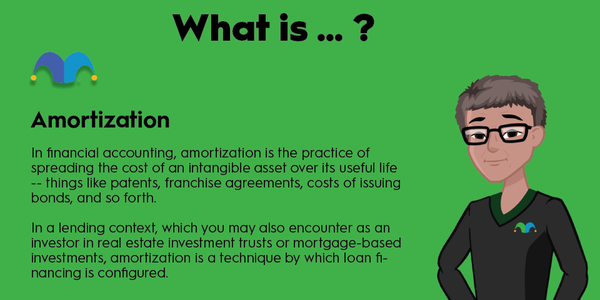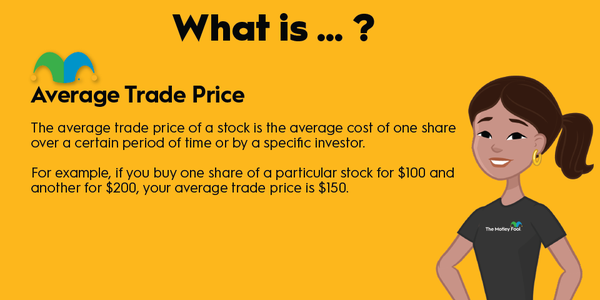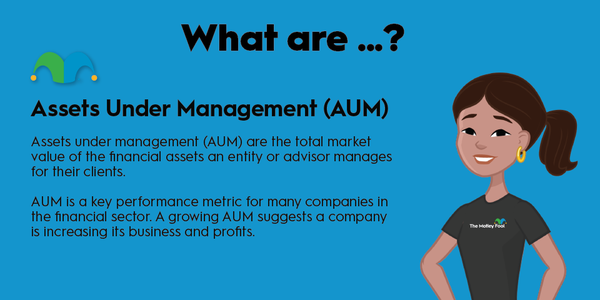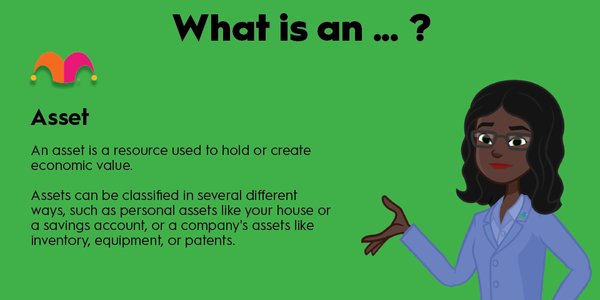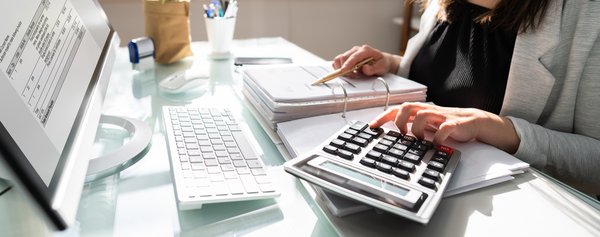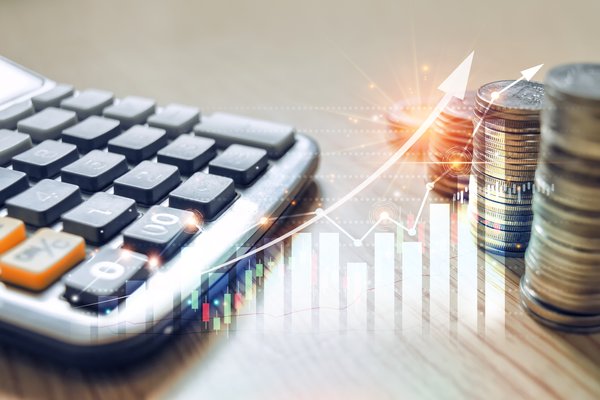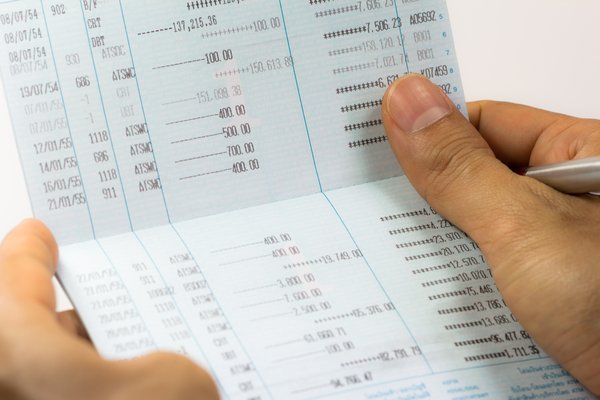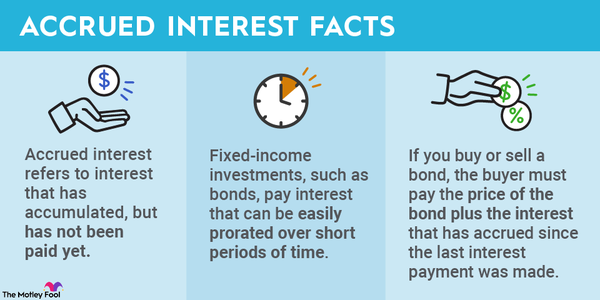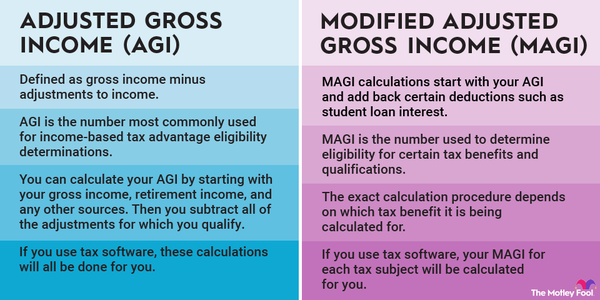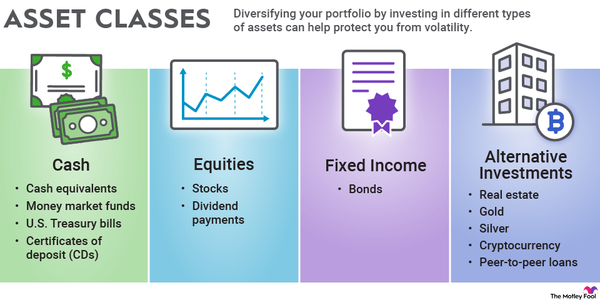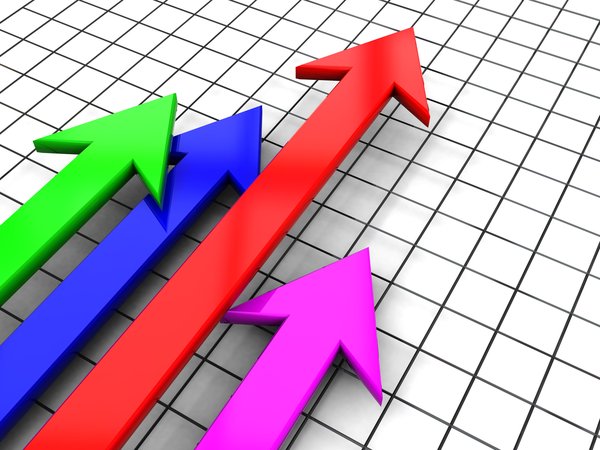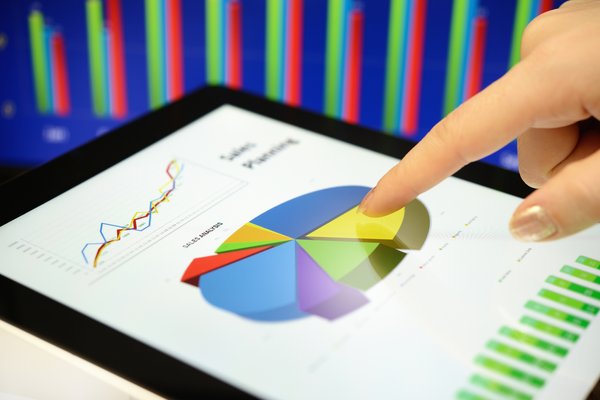What is after-hours trading?
What is after-hours trading?
After-hours trading takes place after the trading day for a stock exchange. It allows you to buy or sell stocks outside of normal trading hours. Typical after-hours trading hours in the U.S. are between 4 p.m. and 8 p.m. Eastern Time.
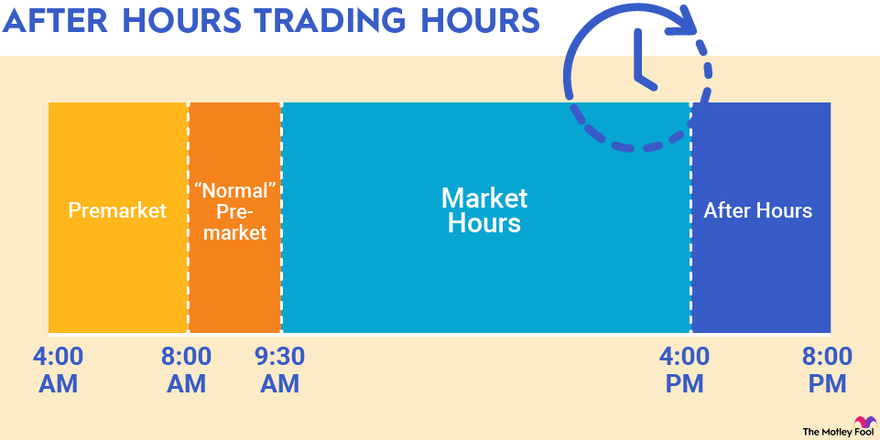
Trading outside of normal hours used to be limited to institutional investors and high-net-worth individuals. Today, technology has made it possible for the average investor to place orders for after-hours execution.
High Net-Worth Individual (HNWI)
After-hours trading allows investors to react to company earnings releases and other news that typically takes place before or after normal trading hours. Prices can swing wildly on an earnings release or news that a CEO is stepping down. If you want to buy or sell as soon as possible based on the news, you'll need to place an order for after-hours trading.
How after-hours trading works
How after-hours trading works
After-hours trading is a bit different from regular trading on the exchanges throughout the day. Instead of placing your order on the exchange, your order goes to an electronic communication network, or ECN. That presents some limitations and additional risks compared to regular trading on the Nasdaq or the New York Stock Exchange.
Most notably, investors can only use limit orders to buy or sell shares. The ECN matches orders based on limit prices. Additionally, after-hours orders are only good for that session. You'll have to put in another order when trading opens the next day if you're still interested in the stock.
To execute an after-hours trade, you log in to your brokerage account and select the stock you want to buy. You then place a limit order similar to how you'd place a limit order during a normal trading session. Your broker may charge extra fees for after-hours trading, but many don't (be sure to check).
Your broker then sends your order to the ECN it uses for after-hours trading. The ECN attempts to match your order to a corresponding buy or sell order on the network.
Example of after-hours trading
Example of after-hours trading
You might want to make an after-hours trade on a stock when it releases significant news after the market closes.
Let's say Apple (AAPL 1.27%) reported its quarterly earnings after the market closed for the day. The market initially read the report as negative. However, you think it's overreacting, and you believe the long-term prospects for Apple remain strong.
Log into your brokerage account and place a limit order to buy 100 Apple shares at $180 each. The broker will send that order to its ECN, where it will look for an order or combination of orders to sell at least 100 Apple shares at $180 or less. If it can match your order, the trade is executed, and settlement times are the same as during regular sessions.
Related investing topics
Risks of after-hours trading
Risks of after-hours trading
After-hours trading comes with several risks not associated with trading on an exchange during regular trading sessions.
- Pricing risk: There are multiple ECNs used by different financial institutions to execute after-hours trades, but you'll only get access to one of them through your broker. During a normal trading session, you'll get the best available price from multiple venues. But after-hours sessions limit your price discovery to just one network.
- Liquidity risk: Not only are you limited to the ECN your broker uses, there are fewer market participants in after-hours sessions. As a result, there's limited liquidity for most stocks. That creates wider bid-ask spreads and an increased risk that your order won't get executed.
- Volatility: When everyone's trying to react to a news item all at once, a stock will trade wildly in the after-hours session. The market will work to digest the news and discover a new price for the security. That can make it difficult for an average investor to judge whether their limit order will have a good chance of execution. Also, you may be able to get a better price in the regular trading session the next day.
The bottom line is that after-hours trading is possible and can help you react to earnings reports and other news that takes place outside of normal market hours. However, each brokerage is a little different, so be sure to do your homework before getting started.
FAQs about after-hours trading
FAQs about after-hours trading
Who can trade after hours?
While after-hours trading used to be limited to institutional investors, most people have access to after-hours trading these days. The only requirement is a broker that supports it.
Is after-hours trading the same as day trading?
No. After-hours trading involves placing an order to buy or sell securities outside of normal trading hours. Day trading is the act of buying and selling a security within the same trading day.
Why do stocks spike after hours?
A stock will spike after hours when there's significant news released that affects how the market values the stock. Most big after-hours stock price movement is the result of a company releasing its quarterly earnings results.
